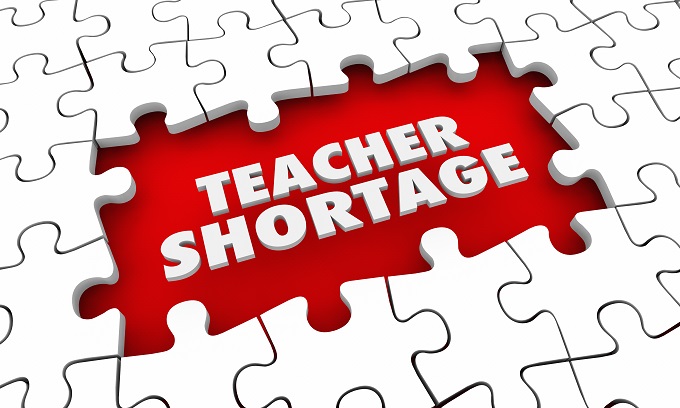More work needed on workload to fix teacher shortage

News that the teacher shortage is improving is positive, but more needs to be done to make teaching a sustainable and attractive profession in the long term, says NZEI Te Riu Roa President Lynda Stuart.
“NZEI Te Riu Roa has been ringing warning bells about the teacher shortage for many years now, and fixing it was a key focus of our collective agreement negotiations.
“We’re glad the situation is slowly starting to turn around, but the government still needs to make improvements to workload and wellbeing in order to fix the problem in the long-term,” says Ms Stuart.
“The government’s release notes that there is still likely to be a shortfall of 1,020 teachers in 2020.
“That’s going to put real strain on schools and will impact children’s learning. It’s vital that we see tangible improvements to workload and wellbeing in order to make teaching attractive and sustainable in the long-term.”
The government has just announced that the number of teachers is up by 2,000 in two years.
Education Minister Chris Hipkins said $135 million in teacher supply initiatives, a significant teacher pay boost and a new workforce planning tool means for the first time in a decade New Zealand can be confident it is getting on top of the ongoing demand for more teachers. The total number of teachers increased by around 1,000 in 2018, compared to an average of 350 teachers each year over the previous three years. Estimates show the workforce will have grown by another 1,000 teachers by the end of this year.
“These extra teachers along with the development of a new tool that accurately forecasts demand, including for the first time factoring in teachers employed by schools above staffing entitlement, allow us to properly plan for the short, medium and long term supply of teachers.
“It’s a far cry from the inadequate approach taken by the previous National Government which led to a staggering 40 percent drop in the number of people enrolling in initial teacher training, serious shortages and no ability to undertake strategic workforce planning.
“Growing a quality teaching workforce and providing them with better support is a top priority for this Government.
“It’s why we’re investing $217 million to add more than 600 Learning Support Coordinators in schools starting next year.
“These positions will help reduce the workload for teachers, but also mean we have to work harder to attract new people as many taking on the role will be existing teachers.
“We are already well placed to cover the shortfall, however, with an additional 800 teachers ready to be employed in New Zealand schools. We’ve also seen an almost 10 percent increase in initial teacher enrolments in 2018.
“The resources we’re pumping in schools demonstrates our commitment to lifting the quality of public education and to giving teachers more time to teach.









